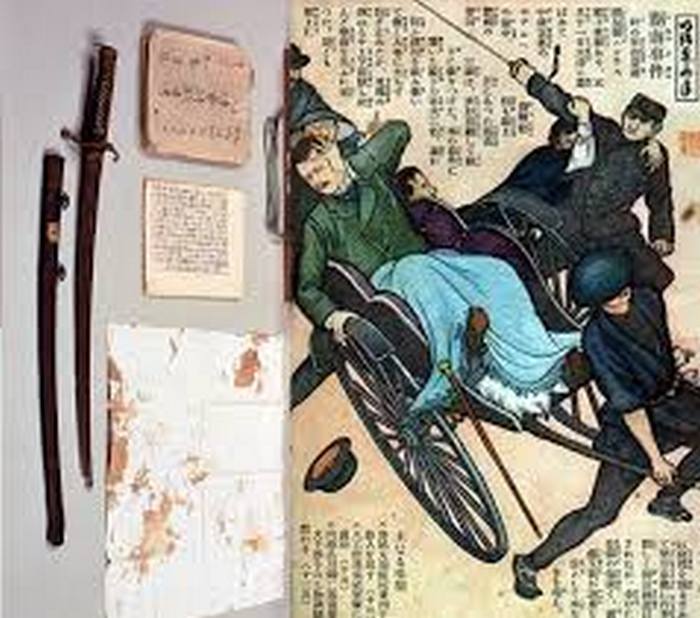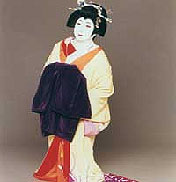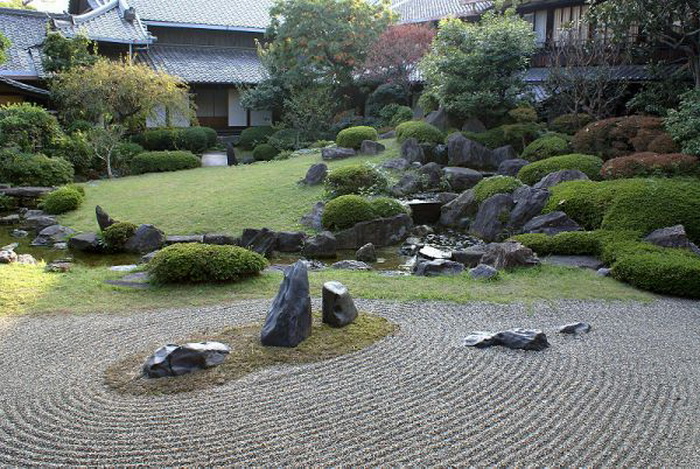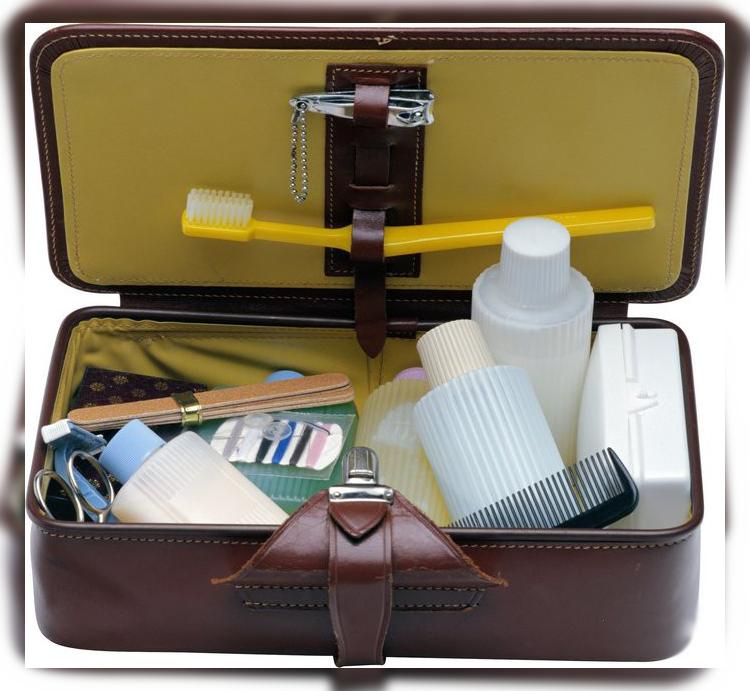What to see in Japan
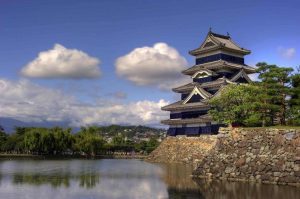 For most of the inhabitants of the planet Earth, Japan is, first of all, high technologies, modern architecture, TV towers piercing the sky, high-speed trains, densely populated cities. In fact – a lot more! If you leave the bustling city blocks, you will see a multicolored variety of outlandish natural landscapes, perfectly preserved ancient imperial palaces, a scattering of artificial lakes with black swans, well-groomed orchards. Today we will tell and advise what to see in Japan, what sights you must visit and where in fact the first creation of Walt Disney is located outside the United States.
For most of the inhabitants of the planet Earth, Japan is, first of all, high technologies, modern architecture, TV towers piercing the sky, high-speed trains, densely populated cities. In fact – a lot more! If you leave the bustling city blocks, you will see a multicolored variety of outlandish natural landscapes, perfectly preserved ancient imperial palaces, a scattering of artificial lakes with black swans, well-groomed orchards. Today we will tell and advise what to see in Japan, what sights you must visit and where in fact the first creation of Walt Disney is located outside the United States.
Mount Fuji. The dormant volcano on the island of Honshu is sung in the folk epic and adorns the paintings of famous artists of the Land of the Rising Sun. The last time he erupted at the beginning of the XVIII century and since then does not show signs of life. Every Japanese is sure that in order to achieve absolute happiness it is necessary to rise to the top of Fuji. In painting, the mountain is depicted with steep slopes and a thick snow cap at the peak. In fact, this is not entirely true – to conquer the summit is quite simple. Tourists “in shape” take 3 hours to climb, and the descent is even less. The peak of the volcano is dotted with hot spring exits. There is also a Shinto shrine, a weather station building and a post office. Of course, the first thing you should definitely see in Japan is the opening landscapes from the height of Mount Fuji. The best time for climbing is considered to be the period from July to August – that’s when the volcano is freed from snow cover.
Castle of the White Heron. The fortification of extraordinary beauty arose in 1333. Until the XVII century, its owners regularly changed, introducing new touches to the architectural ensemble. Thanks to joint creativity, the castle acquired an extraordinary look with bizarre bends and corners, which is why it is included in the UNESCO heritage list. The roof tiles are decorated with the emblem of the families, and a fish serves as the crown of the roof – a charm against fire. Near the main building is a seven-tier tower, on the top floor of which is the Osakabe Shinto Temple. Its windows offer a wonderful panorama of the surroundings. It is especially beautiful in these places during the sakura blossom, as most of the territory is occupied by a well-kept garden. The White Heron Castle has repeatedly become a professional movie set: the heroes of Tom Cruise and Sean Connery learned the art of combat within its walls.
Matsumoto Castle. A three-hour drive from bustling Tokyo is archaic Japan, fanned with romantic legends of glorious samurai. Literally, the name translates as “Raven Castle” – the black walls and side towers, symbolizing two wings, evoke just such an association. If you are looking for an answer to the question of what to see in Japan as before, as described in ancient legends, visit Matsumoto during a break between tours of Tokyo! The castle is surrounded by a defensive wall and a triple moat, has three secret entrances and a hidden floor, where ammunition was previously stored. Today, its chic halls are reserved for the Museum of Swords and Edged Weapons. The moat is filled with water, and its population is colored carps, black and white swans, which are not averse to feed the generous tourists.
Nijo Castle Complex. A treasure of Japanese architecture is located in the center of Kyoto. Thanks to numerous paintings, a huge number of paintings and wooden elements of the interior, Nijo entered the UNESCO collection. In order not to spoil the masterpieces of art, it is forbidden to photograph and open windows in its halls. The former residence of the shoguns is crammed with medieval ninja tricks: creaking floors signal the approach of the enemy, hidden guard rooms, intricate labyrinths and secret doors give a deep understanding of the customs of feudal times of medieval Japan. The main buildings of the complex are the castles of Ninomaru and Honmaru.
Imperial Palace in Tokyo. Although at the moment the emperor is deprived of all power, in the country his persona is very revered. The family imperial nest appeared in the 15th century, however, due to the use of wooden materials, it was repeatedly subjected to fires. But the building suffered the most significant destruction during the Second World War, after which it took decades to restore the Imperial Palace. Today, the newly built plots have more in common with European architectural style than with traditional Japanese. Nevertheless, the attraction is visited annually by hundreds of thousands of tourists. Of interest is Eastern Park – a striking example of traditional park art, as well as the walls of Edo Castle, where the imperial family from the Akihito clan lives. The “Peach Garden Music Hall” regularly hosts concerts of Japanese and world classics. Our virtuosos, Yuri Bashmet and Mstislav Rostropovich, were frequent guests here.
Disneyland The first amusement park that opened outside the United States. The creation of Walt Disney located near Tokyo in the city of Urayasu, covering an area of 47 hectares.
